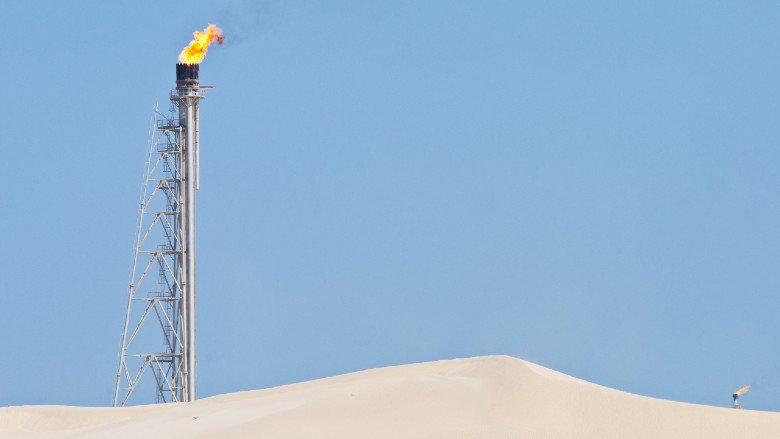A partner of the World Bank¡¯s Global Gas Flaring Reduction Partnership (GGFR) shares its track record and future plans for gas flaring reduction.
QatarEnergy faced the dual challenge of providing energy and reducing emissions: it was committed to both, yet energy demand was rising, with Qatar¡¯s industrial sector growing. Reducing gas flaring provided Qatar with an effective way to help decarbonize its energy production. According to published by the World Bank¡¯s GGFR, Qatar flares about one billion cubic meters of gas (bcm) each year (out of a total of 144 bcm flared each year globally).
As the national energy corporation responsible for sustainable development of the energy sector in Qatar, QatarEnergy set out on a mission to think through solutions to achieve the goal of Zero Routine Flaring by 2030.
With the support of senior management, a steering committee was established and QatarEnergy embarked on its flare reduction journey ¨C aiming to reduce Scope 1 emissions from its operations. Since then, QatarEnergy has pursued responsible and sustainable development that safeguards the environment. Gas flaring and methane emissions reduction remain a core focus in the organization¡¯s operations. As part of this journey, QatarEnergy set two targets: 1. To reduce gas flaring to the absolute minimum technically feasible by 2025, and 2. To end routine flaring by 2030.
QatarEnergy launched its routine flaring mitigation program in 2012 for the non-operated facilities in Ras Laffan Industrial City (RLC), one of the largest industrial cities in the world. Since then, the program has included notable initiatives, such as a passing valve monitoring program to abate fugitive losses, implementing projects to enable fuel gas to be recycled and reused during plant shutdowns or start-ups, and the reduction of fuel gas in flare purge applications.
In 2014, QatarEnergy commissioned the Jetty boil-off gas (JBOG) facility to recover boil-off gas during liquified natural gas (LNG) loading operations. The JBOG facility is the world¡¯s largest jetty boil-off gas recovery facility. The JBOG facility involved investments totaling approximately USD 1 billion and it recovers more than 90% of the boil-off gas that was flared prior to the commissioning of the facility. The net CO2 abatement per year from the project is around 1.6 million tons of CO2 ¨C the equivalent of taking 175,000 cars off the road in a year. Since its inception, the JBOG facility has recovered about 4 million tons of gas.
In addition to the JBOG facility, QatarEnergy invested an additional USD 200 million in minimizing flaring. The organization¡¯s flare reduction initiatives have resulted in reducing flaring in RLC operating companies by approximately 70% for its on-plot facilities and more than 90% at the LNG loading area. These projects have significantly impacted Qatar¡¯s flaring per barrel of oil equivalent produced, with GGFR¡¯s satellite-based estimates showing the country¡¯s flaring intensity from oil production facilities has reduced by more than a third since 2012. (In contrast, the global flaring intensity of non-GGFR Partners has increased over the same period.) By investing in facility upgrades and process and operational controls, QatarEnergy has successfully managed to reduce gas flaring, without compromising on safety.
QatarEnergy put in place a governance structure, in which teams were responsible for identifying the ¡°flaring hotspots¡± in their operations, setting targets, and proposing gas flaring reduction projects. At the same time, the steering committee assessed the viability of the projects and subsequently obtained approval to implement the projects. Meanwhile, QatarEnergy formed a team of experts on gas flaring reduction and rolled out a series of workshops focused on reducing the environmental impact of its operations.
The gas flaring reduction program is a continuous and iterative process for QatarEnergy, as the company explores opportunities to reduce emissions in close collaboration with industrial cities like RLC. QatarEnergy¡¯s updated Sustainability Strategy, which was announced in March 2022, outlined multiple initiatives that will reduce the carbon intensity of Qatar¡¯s LNG facilities by 35% and of its upstream facilities by 25% by 2035.


